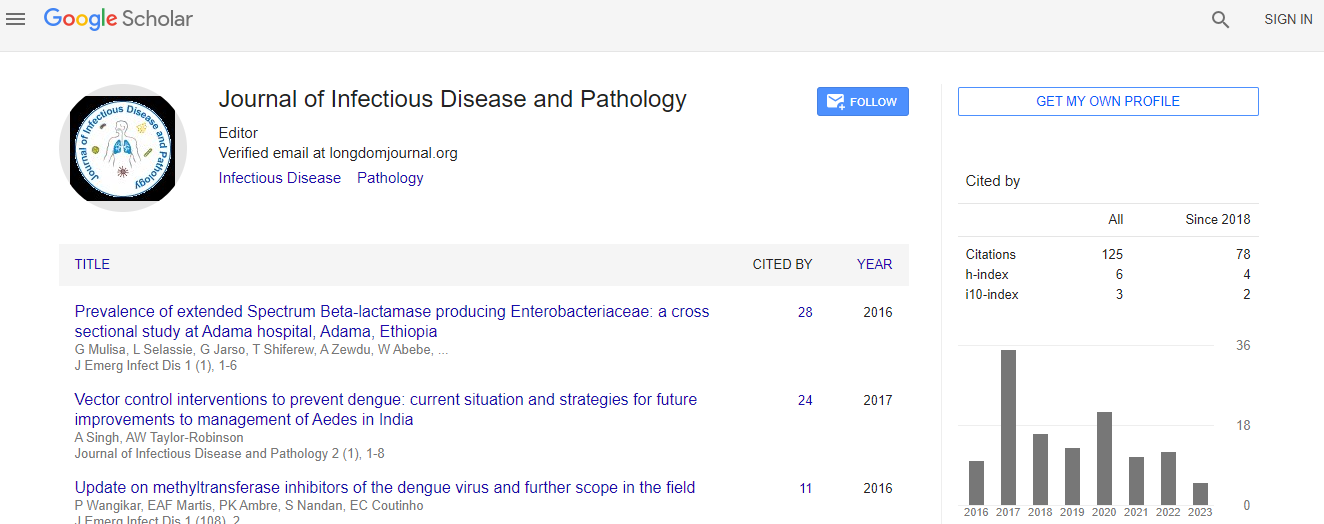Research Article
Epidemiologically Relevant Container Types, Indices of Abundance and Risk Conditions for Aedes aegypti in Salto (Uruguay), a City under Threat of Dengue Disease
César Basso1*, Elsa García da Rosa2, Rosario Lairihoy2, Cristina González3, Walter Norbis4, Ingrid Roche5, Ruben M. Caffera6 and Ricardo da Rosa7
1Unidad de Entomología, Facultad de Agronomía, Universidad de la República, Montevideo, Uruguay
2Departamento de Parasitología Veterinaria, Facultad de Veterinaria, Universidad de la República, Salto, Uruguay
3Dirección Departamental de Salud, Ministerio de Salud Pública, Salto, Uruguay
4Departamento de Biología Animal, Facultad de Ciencias, Universidad de la República, Montevideo, Uruguay
5Instituto de Teoría de la Arquitectura y Urbanismo, Facultad de Arquitectura, Universidad de la República, Montevideo, Uruguay
6Unidad de Sistemas Ambientales, Facultad de Agronomía, Universidad de la República, Montevideo, Uruguay
7Dirección Departamental de Salud, Ministerio de Salud Pública, Salto, Uruguay
- *Corresponding Author:
- César Basso
Facultad de Agronomía
Av. Garzón 780, 12900 Montevideo, Uruguay
Tel: +598 2359 7191
E-mail: cbasso@movinet.com.uy
Received date: November 12, 2015; Accepted date: December 15, 2015; Published date: December 25, 2015
Citation: Basso C,Garcia da Rosa E, Lairihoy R, Gonzalez C, Norbis W, et al. (2015) Epidemiologically Relevant Container Types, Indices of Abundance and Risk Conditions for Aedes aegypti in Salto (Uruguay), a City under Threat of Dengue Disease. J Emerg Infect Dis 1:103. doi:10.4172/2472-4998.1000103
Copyright: © 2015 Basso C, et al. This is an open-access article distributed under the terms of the Creative Commons Attribution License, which permits unrestricted use, distribution, and reproduction in any medium, provided the original author and source are credited.
Abstract
Objective: A study was conducted in Salto (Uruguay), a city recently invaded by Aedes aegypti (Diptera, Culicidae), in order to identify mosquito-producing containers, the relationship between different Aedes aegypti population indices and environmental risk conditions for the dengue vector. Due to uruguayan climatic characteristics, the vector population decreases abruptly during the winter and regrows when temperature rises, resulting in a particular population dynamic that differs from that of tropical regions.
Methods: 20 clusters randomly selected (100 household each) were visited twice and water filled containers and immature mosquitoes were quantified. Pupae per person (PPI), pupae per hectare (PPH) and Stegomyia indices were calculated. The number of mosquitoes in each container type was analyzed, and their spatial location was described.
Results: The study was able to detect important epidemiological containers (containers not in use and tanks). While PPI, PPH and Stegomyia indices for the different clusters were correlated, the Stegomyia indices increased significantly between the first and second sampling. Clusters with abundant vegetation, or located on lower ground showed the highest PPI values.
Conclusion: Due to its proximity to areas where dengue fever is endemic, Salto becomes valuable for case studies relevant to other areas in the world that could be invaded by this vector.

 Spanish
Spanish  Chinese
Chinese  Russian
Russian  German
German  French
French  Japanese
Japanese  Portuguese
Portuguese  Hindi
Hindi 